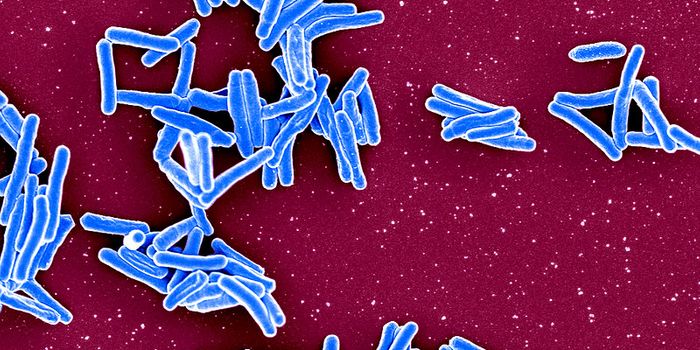How a Common Microbe Evolved Into a Pathogen & Spread Around the World
Pseudomonas aeruginosa is a bacterium that can be found throughout the environment. It can also cause deadly, multidrug-resistant infections, especially in those with health conditions such as cystic fibrosis (CF) and COPD (chronic obstructive pulmonary disease). Over 500,000 people are thought to die from Pseudomonas infections annually. This microbe seems to have rapidly evolved over the past 200 years and spread around the glove, probably due to human activity, suggested a new study reported in Science.
Researchers wanted to know more about how Pseudomonas went from a harmless environnmental microbe to a dangerous human pathogen. They began by assessing genetic data from about ten thousand strains of Pseudomonas that were isolated from infected people, animals, and contaminated environmental samples taken around the world.
The investigators mapped the genetic data to create a kind of Pseudomonas family tree, in what is known as a phylogenetic analysis that highlights the relationships between the samples. This effort indicated that about seven in ten Pseudomonas infections are caused by only about 21 genetic 'clones' or 'branches' of the phylogenetic tree. These infectious Pseudomonas germs have quickly acquired genes from other microbes, and evolved to move around the globe in the past 200 years.
Pseudomonas likely benefited from densely populated environments, where infections both have more chances to spread because there are more people and animals, as well as air pollution can make people more vulnerable to illness.
These pathogenic Pseudomonas clones seem to prefer to infect certain people; some strains seem to preferentially infection CF patients, for example, while others opt for people without CF. The germs that infect CF patients also carry genetic mutations that enable them to live inside of immune cells called macrophages, which should normally destroy infectious pathogens. But in CF patients, the macrophages can't eliminate Pseudomonas.
"The focus has always been on how easily this infection can spread between CF patients, but we've shown that it can spread with worrying ease between other patients, too. This has very important consequences for infection control in hospitals, where it's not uncommon for an infected individual to be on an open ward with someone potentially very vulnerable," noted senior study author Professor Andres Floto, Director of the UK Cystic Fibrosis Innovation Hub at the University of Cambridge and Royal Papworth Hospital NHS Foundation Trust.
"It's remarkable to see the speed with which these bacteria evolve and can become epidemic and how they can specialize for a particular lung environment," said first study author Dr. Aaron Weimann of the University of Cambridge. "We really need systematic, proactive screening of all at risk patient groups to detect and hopefully prevent the emergence of more epidemic clones."
Sources: University of Cambridge, Science









